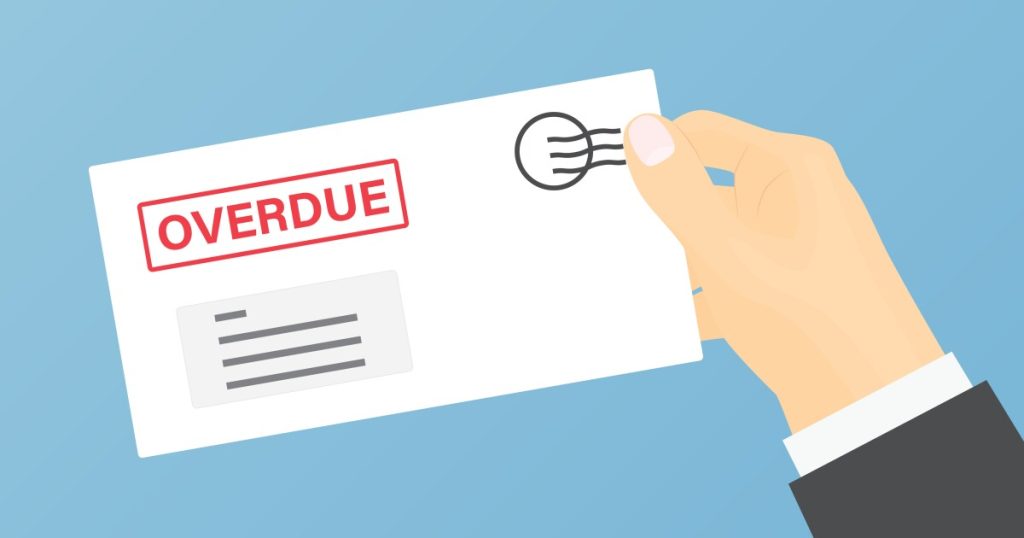Adobe Stock
Late-payment rates among U.S. households remained elevated in the second quarter of 2025, driven in part by another steep slide into serious delinquency by student loan borrowers.
By the end of June, 4.4% of Americans’ total outstanding debt was in some form of delinquency, according to a report Tuesday by the Federal Reserve Bank of New York. That’s up from 3.3% in the year-ago period.
Of the $1.6 trillion of outstanding student loan debt recorded in the second quarter, 12.9% was 90 or more days past due, up sharply from 0.8% in the year-ago quarter. The serious delinquency rate for student loans was also up from the first quarter of this year, when 8% of borrowers were 90 days or more late.
The sharply higher numbers in the first two quarters of 2025 reflect the expiration of pandemic-era federal policies that paused student loan payments. Missed student loan payments that were not reported to credit bureaus between the second quarter of 2020 and the fourth quarter of 2024 are now on credit reports.
“That’s one to watch,” Ted Rossman, a senior analyst at the consumer finance company Bankrate, told American Banker. “And it can have ripple effects, too. If there’s not enough money to pay your student loan, you might fall behind on your auto loan or credit card.”
For now, student loan delinquencies aren’t a huge burden for most banks. More than 92% of all student loan debt is financed by the federal government, not by private lenders, according to the Education Data Initiative.
The percentage of student loan borrowers who have fallen behind on their payments may nudge higher, but the rate of speed at which delinquencies rise could slow down, Rossman said.
“There’s been so much weirdness in that market with the long payment pause and confusion about servicer changes and income-based repayment changes,” Rossman said. “My sense is that the numbers will go a little bit higher, but not as dramatically as we’ve seen.”
Overall, U.S. household debt reached a new high in the second quarter, totaling $18.4 trillion. That’s up $590 billion, or 3.3%, compared with the same three-month period last year.
While student loan balances rose by $53 billion year over year, credit-card balances were up by $67 billion and totaled $1.2 trillion in the quarter, according to the New York Fed report.
From a macroeconomic standpoint, rising credit card balances aren’t necessarily a bad thing, Rossman said. The trend signals population growth and economic growth, he said.
“If balances go up, that means the economy is growing,” Rossman said, noting that more than half of the U.S. population pays off its credit-card balances in full each month.
What’s more, the New York Fed found that the percentage of credit-card borrowers who became 90 days or more past due fell to 6.9% during the second quarter, down from 7.2% in the year-ago period.
“While there are nuances around the edges, consumer credit is primarily about labor markets,” Jeremy Barnum,
At
“That is largely consistent with kind of pre-COVID seasonality in terms of that delinquency behavior, and so that gives us some confidence on where losses are likely to trend, all things being equal,” Mason said.
Still, “given the uncertainty in the current environment,” there are other factors that
“But net-net is kind of what I alluded to earlier, which is good trends in some of these key indicators,” he said.

